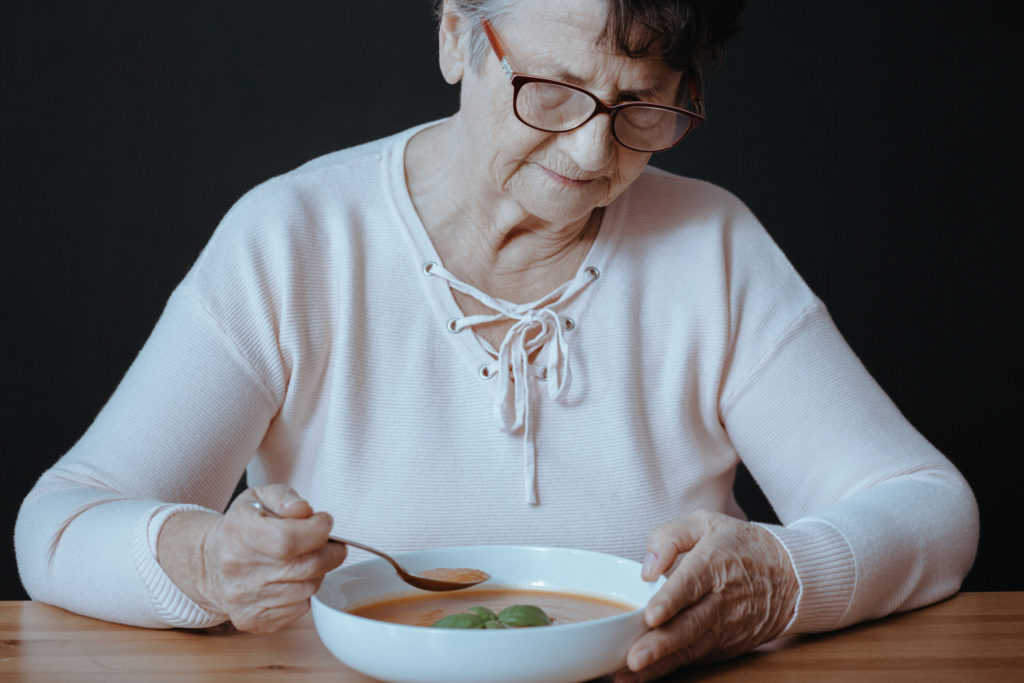
Two separate studies analyzing disparities in patients’ place of death revealed high death rates related to malnutrition and thyroid cancer among patients receiving care at home and in hospice.
The first study, “Disparities in Place of Death Among Malnourished Individuals in the United States,” found that more than 31,000 malnutrition-related deaths occurred among home care and hospice patients between 1999 and 2020. Adults over 85 years old, white people and women were found to be the most likely to experience a malnutrition-related death while receiving home care or hospice.
And while more deaths overall due to malnutrition occurred in medical facilities and nursing homes during the same time period, the researchers suggested that these settings may be better equipped to deal with patients suffering from malnutrition.
“Nursing homes and hospitals are able to offer patients greater medical care, especially when it comes to end-of-life care, including alleviating their symptoms or providing palliative care,” they wrote. “However, home and hospice care are not that efficient.”
Another study, “Disparities in the Place of Death for Patients With Malignant Neoplasms of the Thyroid Gland,” discovered that roughly half of all patients who died of thyroid cancer between 1999 and 2020 did so in home care or hospice. In total, 17,328 thyroid cancer deaths occurred in the home while another 17,539 happened in other settings, such as hospitals. Patients between 65 and 84 years old, men and whites were also more likely, on average, to die in home settings.
Home and hospice deaths due to thyroid cancer have steadily increased since 1999, the researchers found. In 1999, just over 400 home deaths occurred as a result of thyroid disease. The number had roughly tripled in the years since, approaching 1,300 thyroid disease deaths in home care or hospice by 2020.
The Centers for Disease Control and Prevention’s Wide-ranging Online Data for Epidemiologic Research database informed both studies.



